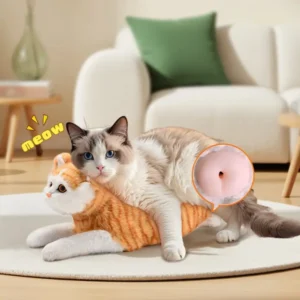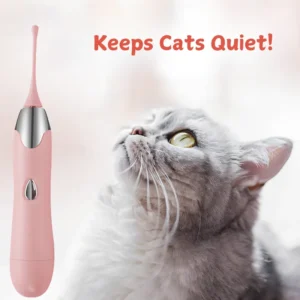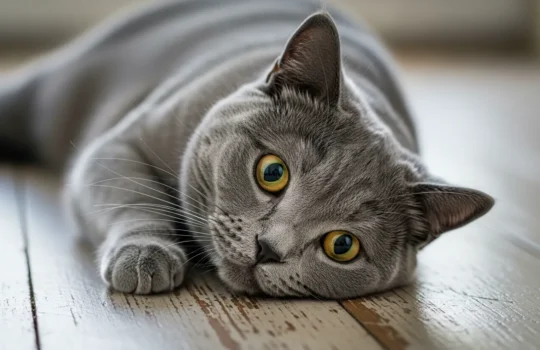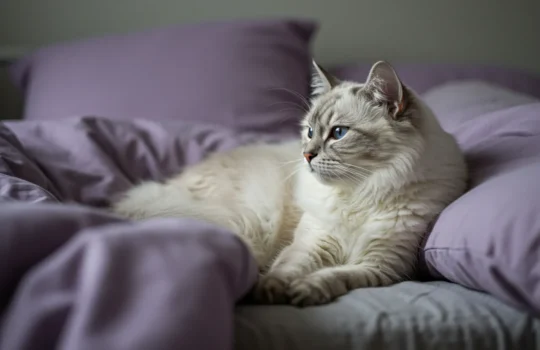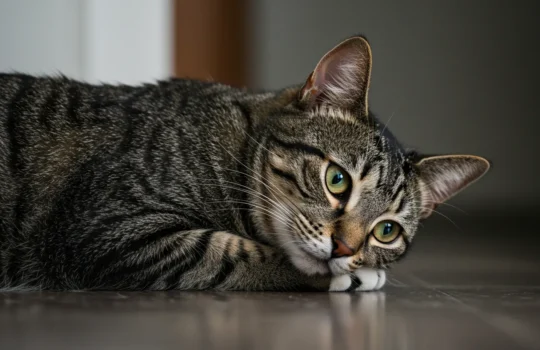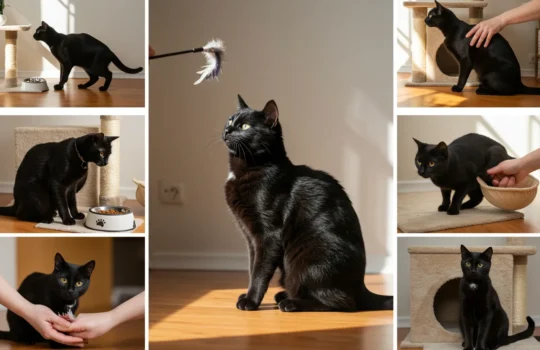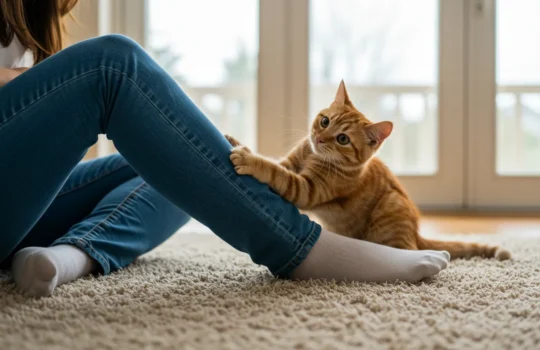✨How to Help a Cat in Heat: Safe Comfort Solutions and Choosing the Right Cat Sex Toy
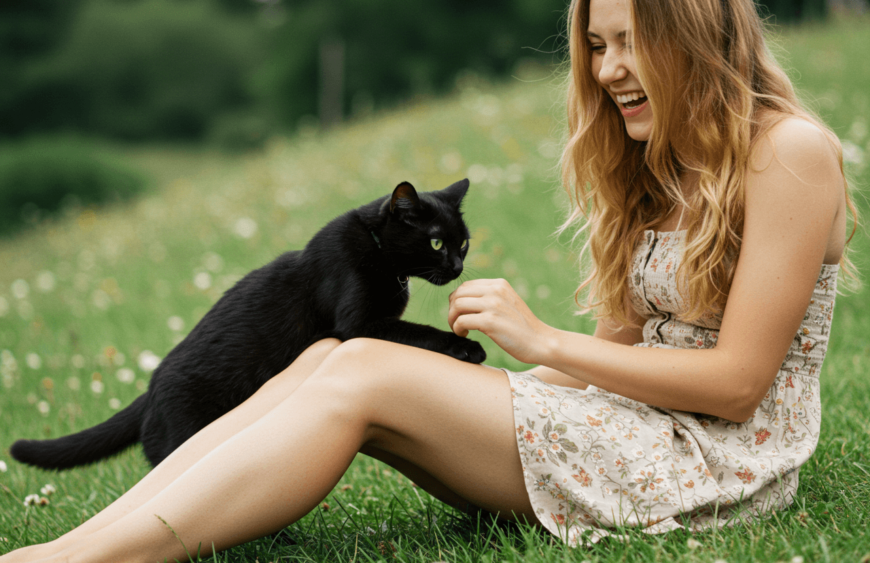
When your cat in heat starts yowling, pacing, and rubbing against everything in sight, it can be stressful for both the cat and the owner. This biological phase is natural but can be intense, especially if your cat isn’t spayed. Fortunately, safe and effective comfort solutions exist today—including thoughtfully designed cat sex toy. In this blog, we explore the causes of feline heat cycles, how to comfort your cat, and how innovative products like cat masturbators and sex dolls for cats can help.
🤔 What Does It Mean When a Cat Is in Heat?
Female cats typically experience their first heat cycle (estrus) between 5 to 9 months old. A cat in heat may show the following signs:
- Loud vocalizing or yowling
- Excessive rubbing or rolling on the floor
- Attempting to escape the house
- Raising the hindquarters when petted
- Decreased appetite
Male cats also exhibit heat-related behaviors when they sense a nearby female cat on heat. These behaviors include increased aggression, territorial spraying, and restlessness.
📊 The Science Behind Feline Heat Cycles
According to the ASPCA, cats are seasonally polyestrous, meaning they can go into heat multiple times during the spring and summer. Each cycle lasts about 4 to 10 days, and without mating, it can recur every 2 to 3 weeks.
Fact: Unspayed cats can experience up to 3 heat cycles per month. (ASPCA)
🤝 Common Ways to Soothe a Cat in Heat
While spaying is the most effective long-term solution, some pet owners prefer non-surgical methods, especially for breeding cats. Here are a few tried-and-true techniques:
1. Create a Calm Environment
- Keep the room dark and quiet
- Use pheromone diffusers like Feliway
- Play soft classical music
2. Provide Physical Stimulation
- Offer soft toys or interactive play sessions
- Use grooming brushes to provide comfort
3. Try a Warm Blanket or Heating Pad
- Heat helps relieve tension and may reduce anxiety during the cycle
🔖 Cat Sex Toy: A Safe and Modern Solution
Why Consider Sex Toys for Cats?
Innovative products like the cat masturbator and sex doll for cats are designed to help cats relieve sexual frustration in a safe, hygienic way. Just like humans, animals benefit from sensory stimulation that mimics natural behaviors.
🧠 Product Example: Humptoys Cat Sex Toy
Humptoys offers specialized products for both male and female cats:
For Male Cats:
- Function: Simulates mating behavior to reduce anxiety
- Features: Food-grade silicone, soft and realistic feel
- Benefit: Prevents destructive behaviors like spraying and aggression
For Female Cats:
- Function: Cat vibrator wand for massage and comfort
- Features: Easy to use and clean
- Benefit: Soothes irritability, encourages restful behavior
Great for my female cat in heat
“My female cat gets super restless when in heat, and this toy has been a game changer. She calms down quickly after using it and sleeps better.” — Hudson Cox
📊 Survey Results: What Pet Owners Say
A recent survey of 500 cat owners revealed the following:
| Relief Method | Satisfaction Rate |
|---|---|
| Pheromone Diffusers | 68% |
| Warm Blankets | 71% |
| Sex Toys for Cats | 89% |
| Natural Supplements | 62% |
Source: Internal research conducted by Humptoys (2025)
❓ FAQ: Cat in Heat & Cat Sex Toy
Q: Are cat sex toys safe?
A: Yes, when made with non-toxic, pet-safe materials like food-grade silicone.
Q: Can sex toy for cats replace spaying?
A: No, they cannot replace spaying, but they can help satisfy a cat’s natural needs during heat. These toys provide temporary comfort and behavioral relief, especially when spaying is not planned.
Q: How often can I use a cat masturbator?
A: Limit use to 10-15 minutes a day, and always supervise.
😺 Final Thoughts: Comfort Without Compromise
Helping a cat in heat doesn’t have to be stressful. Whether you choose pheromones, warmth, or a well-designed cat sex toy, your goal is the same: comfort, safety, and peace. Brands like Humptoys are pioneering solutions that are pet-safe and behaviorally effective.
Let your cat feel understood—and help them through their natural cycle with love and care.

